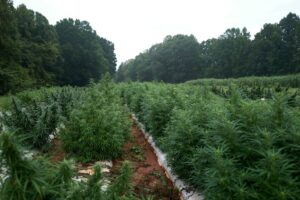
New Hemp Nitrogen and Potassium Info!
1/25/2021 – Dr. David Suchoff and graduate student Maggie Short have just published a research summary of the nitrogen …



Extension and research at NC State address timely issues impacting our state. Extension delivers trusted information directly into the hands of farmers and agribusinesses, helping them translate knowledge into solutions that grow our economy and communities.
El inglés es el idioma de control de esta página. En la medida en que haya algún conflicto entre la traducción al inglés y la traducción, el inglés prevalece.
Al hacer clic en el enlace de traducción se activa un servicio de traducción gratuito para convertir la página al español. Al igual que con cualquier traducción por Internet, la conversión no es sensible al contexto y puede que no traduzca el texto en su significado original. NC State Extension no garantiza la exactitud del texto traducido. Por favor, tenga en cuenta que algunas aplicaciones y/o servicios pueden no funcionar como se espera cuando se traducen.
Inglês é o idioma de controle desta página. Na medida que haja algum conflito entre o texto original em Inglês e a tradução, o Inglês prevalece.
Ao clicar no link de tradução, um serviço gratuito de tradução será ativado para converter a página para o Português. Como em qualquer tradução pela internet, a conversão não é sensivel ao contexto e pode não ocorrer a tradução para o significado orginal. O serviço de Extensão da Carolina do Norte (NC State Extension) não garante a exatidão do texto traduzido. Por favor, observe que algumas funções ou serviços podem não funcionar como esperado após a tradução.
English is the controlling language of this page. To the extent there is any conflict between the English text and the translation, English controls.
Clicking on the translation link activates a free translation service to convert the page to Spanish. As with any Internet translation, the conversion is not context-sensitive and may not translate the text to its original meaning. NC State Extension does not guarantee the accuracy of the translated text. Please note that some applications and/or services may not function as expected when translated.
Collapse ▲
1/25/2021 – Dr. David Suchoff and graduate student Maggie Short have just published a research summary of the nitrogen …
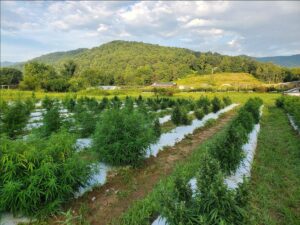
1/25/2021 – The Western North Carolina Hemp Growers meeting will be held via Zoom on February 17, 2021, starting …
1/15/2021 – The U.S. Department of Agriculture (USDA) has issued a final rule on hemp production. The agency had …

In 2020 The National Young Farmers Coalition (Young Farmers) launched a new grant program to help young and beginning …

From Madison Stahr and Dr. Lina Quesada-Ocampo Sweetpotato black rot, caused by the fungal pathogen Ceratocystis fimbriata, was found in …
This series is designed for small farmers interested in learning about food safety and obtaining their Good Agriculture Practices …
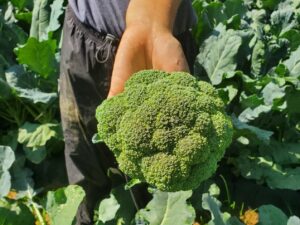
SAVE THE DATES: FEBRUARY 24 AND 25, 2021 *REGISTRATION OPEN* 12/15/2020 – The tradition of the Winter Vegetable Conference and …
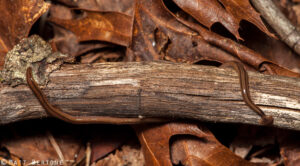
PLEASE NOTE: NC State University and local agencies (e.g. NCDA&CS) are not currently tracking species that are already known to exist …

This is an updated version of an older post from 2017. Apparently COVID isn’t stopping some insects from traveling and …
The 72nd Annual Crop Protection School will be held Wednesday, December 2, 2020, online via Zoom. RSVP is required, …
The Farmers Of Color Network at RAFI-USA recently hosted an exceptional group of farmers to talk about their individual …

It might not be a simple or easy issue to talk about, but a better understanding of wills and …
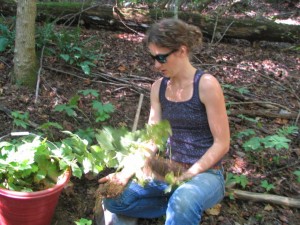
We often receive questions on how to grow Bloodroot. Margaret and Alison, with the NC Alternative Crops and Organics …

The number of chrysanthemum samples diagnosed with Fusarium wilt this year is well above average, according to NC State …

In the midst of the COVID-19 pandemic, it is reasonable to try and make fewer trips to the supermarket …

There doesn’t appear to be any segment of our society that has been left untouched by COVID-19. Since COVID-19 …
8/28/2020 – The following message is from the N.C. Department of Agriculture and Consumer Services’ International Trade Office. Any …

The NC State University Produce Safety Team has created training videos in English and Spanish to help farmworkers better …

Written by Lina Quesada-Ocampo and Kimberly D’Arcangelo Cucurbit downy mildew, caused by the oomycete pathogen Pseudoperonospora cubensis, has been confirmed …

Cucumber Downy Mildew (CDM) has been confirmed on cucumber plants in our sentinel plot in Waynesville, NC (Haywood County). …

NC State conducted a strawberry Neopestalotiopsis (Neo-P) trial at the Horticultural Crops Research Station in …
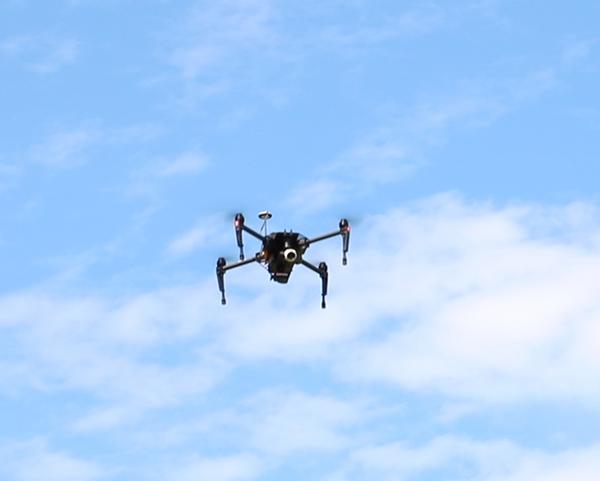
This publication discusses flying unmanned aerial vehicles (drones, model aircraft) for commercial purposes. You'll learn …
This guide outlines steps that a facility producing livestock food could follow when developing its …

This review presents the key steps involved in pruning a mature Carlos vine for maximum …

This vegetable pathology factsheet describes the identification and treatment of anthracnose of pepper.
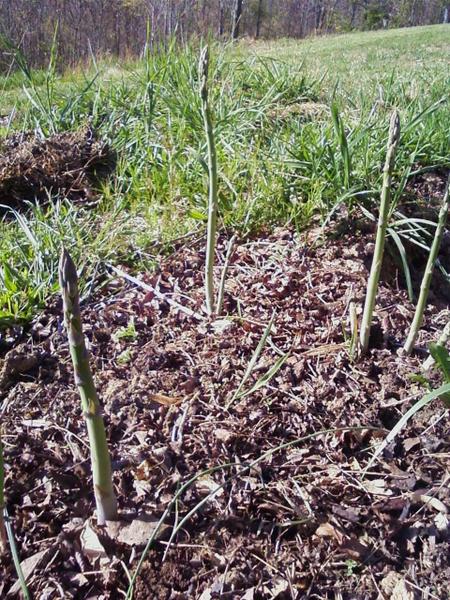
Asparagus has been considered a garden delicacy since Roman times. Any home gardener can grow …
Lack of yard space is no excuse for not growing a vegetable garden. Regardless of …
Sprouts from mung bean (Phaseolus aureus) have been used for food since ancient times. These …